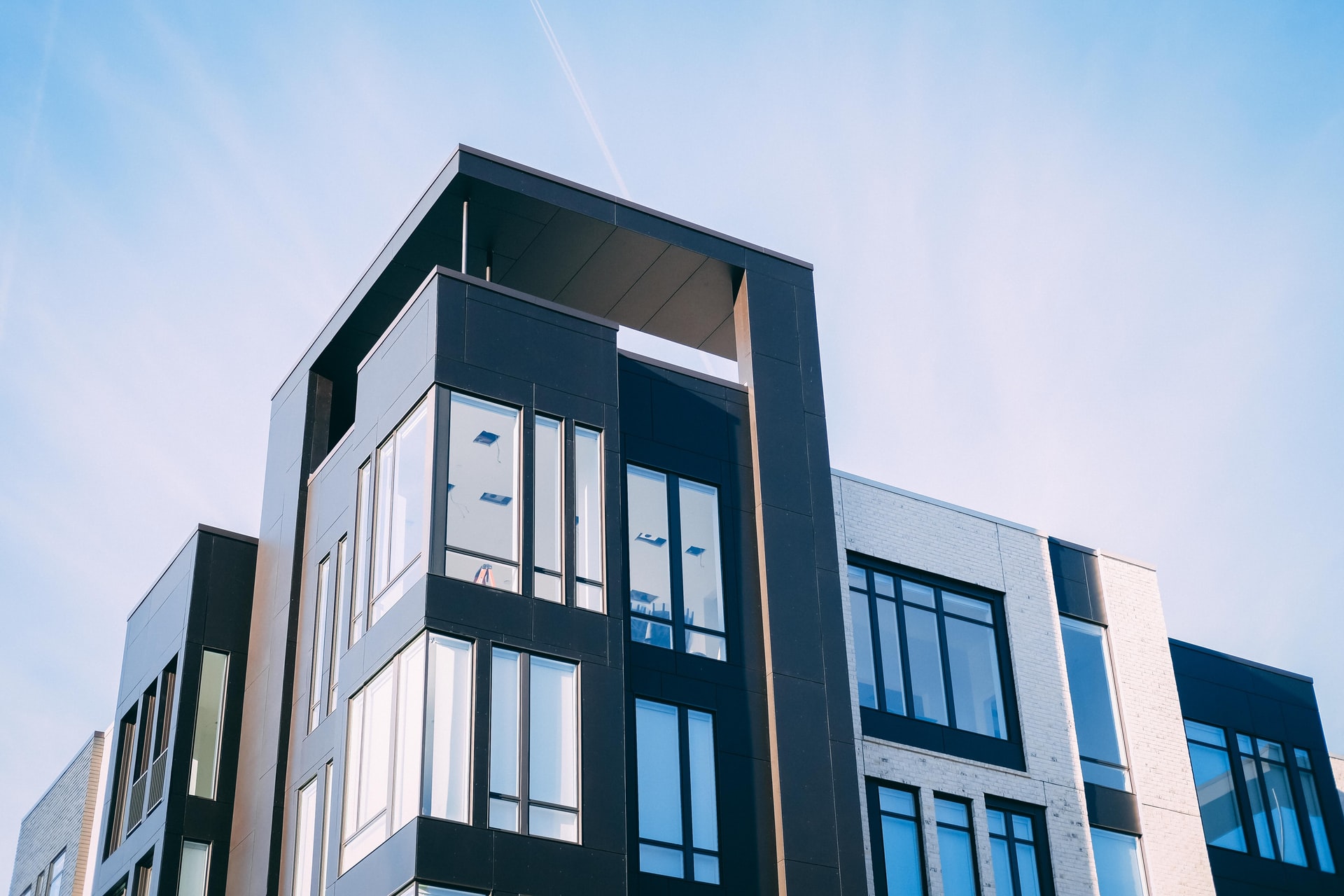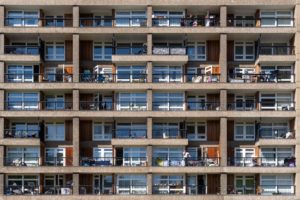Investors want to make sure they get a good deal on a property. Each property is a significant investment between the down payment, management, and other expenses. The cap rate real estate metric helps investors determine if they’re getting a good deal and avoid overpaying. We’ll share some facts about the real estate cap rate and how to use it for your real estate portfolio.
What Is Real Estate Capitalization Rate (Cap Rate)?
The real estate capitalization rate helps investors value properties. While a home buyer looks for a dream property, investors look for cash flow producing properties. Amenities and perks are secondary to a property’s profitability. Cap rate and other metrics help real estate investors determine a property’s fair value.
Uses And Limitations of Cap Rate
Real estate cap rates provide valuable insights when paired with other data points. You can calculate the return on your investment and compare it with other assets. Investors can look at the cap rates of properties in the area to assess if an investment property is on sale at a fair cap rate.
A high cap rate can look attractive on the surface, but higher cap rates often indicate greater risk. Some properties need significant maintenance or are in areas with high vacancy rates. The cap rate alone won’t tell you everything about a property.
Investors anticipate the property’s future net operating income (NOI) when projecting cap rates. Most investors predict what NOI will be in a year, but some look further out. The further you lookout, the more uncertain your predictions become. If investors make inaccurate guesses about the property’s future NOI and the property underperforms, investors can significantly overpay without knowing. By the time investors figure out they overpaid, they already own the property.
Why Is Cap Rate Useful?
The cap rate is a simple way to pay the right price for a property. You only need two numbers for the cap rate formula, which are easy to obtain. A minimum cap rate across your investments helps you establish a maximum bid on any property. This minimum enables you to avoid paying too much for an investment property. You can also compare cap rates of recently sold properties similar to your acquisition target. These properties’ cap rates act as a gauge to determine if you’re getting a fair deal.
Capitalization Rate Formula
The capitalization rate formula divides net operating income by the property value. Here is what the formula looks like:
Net Operating Income / Property Value = Cap rate
Investors can use historical data on the property and location to estimate next year’s net operating income. Property value is how much you pay for the investment. A $1 million property producing a net operating income of $120,000 has a 12% cap rate.
How To Calculate Cap Rate
You now know the inputs for the cap rate formula. Investors have different strategies for estimating inputs and determining fair value. Use these steps to calculate the cap rate.
Step 1: Determine Your Asset Value
Real estate investors calculate asset value through various methods. Some investors compare cap rates of similar, recently sold properties. Other investors project NOI and vacancy rates when arriving at fair value.
You can guess fair value and make that your maximum bid. The purchase price becomes the property’s value and number in the cap rate formula.
Step 2: Calculate the Property’s Potential Revenue
Some properties have several revenue streams. Most people immediately think of rent, but properties generate revenue from laundry, parking, and more. You can review rent data for similarly sized units to project the property’s potential revenue.
Step 3: Subtract Operating Expenses
Your property will incur several expenses such as maintenance, insurance, taxes, and more. Tally up these expenses and deduct them from net operating income. Exclude the mortgage since it’s not an operating expense. After deducting operating costs, you’ll know the net operating income.
Step 4: Divide Your Net Operating Income By Your Asset Value
After gathering these inputs, division is the last step. You will then have a cap rate for the property.
Other Ways To Compute Cap Rate
Many people divide net operating income by asset value to arrive at a cap rate. However, you can use two other approaches to compute a property’s cap rate. We have outlined them below.
Band of Investment Method
The band of investment method evaluates properties based on their returns on debt and equity. You will need the following metrics to use the band of investment method:
- Loan to value ratio: If you make a $200,000 down payment on a $1 million property, your LTV ratio is 80%. Since your LTV ratio is 80%, your equity in the property is 20%. Both percentages will always add up to 100%.
- Mortgage constant: Divide the annual mortgage payment by the total loan amount. If you pay $20,000 per year on a $600,000 loan, the mortgage constant is 3.33%.
- Required rate of return for equity: A pre-determined number by the investor. A higher required equity return eliminates several choices and can lead to greater risk. We’ll assume the investor has a 10% required rate of return.
After gathering these numbers, you can put them in this formula:
- (LTV ratio * mortgage constant) + (Equity * Required rate of return for equity) = Cap rate
Using the numbers from before, we can calculate a 5.664% cap rate for the $1 million property.
- (80% * 3.33%) + (20% * 15%) = 2.664% + 3% = 5.664%
The Gordon Model
The Gordon Model works for investors who predict NOI will grow at a constant rate each year. For this model, divide cash flow by the difference between the discount rate (k) and the constant growth rate (g).
The discount rate is the interest rate used to determine how money’s value will change over time. Investors can use the risk-free rate, a projected cap rate, or weighted average cost of capital to determine the discount rate.
The constant growth rate is a projection by the investor. Some investors will project an annual 2% growth for NOI, while others will project higher numbers. To make estimates, investors have to consider historical performances for similar, nearby properties.
- The formula looks like this: Cash flow / (k – g) = Value
You can manipulate the formula to calculate the cap rate (k) if you know the other inputs.
- k = g + (cash flow / value)
What’s Considered A Good Cap Rate
A reasonable cap rate varies for each investor. Some investors want lower cap rates because these signify fewer risks, but the location also plays a role. Cap rates and expectations vary across states and counties. Some experts believe a 4%-5% cap rate is optimal, but various factors influence these targets. We’ll get to those factors shortly.
Example Use of Capitalization Rate
Let’s assume you come across a $2 million multifamily property and want to determine if that is a fair price. After accounting for expenses, the property produces $100,000 in annual net operating income. We can use these numbers to find the capitalization rate:
- $100,000 / $2,000,000 = 5%
We now know the cap rate, but it’s not enough to evaluate the property. The next step is to find the cap rates of similar, previously sold properties in the same area. An average cap rate lower than 5% for similar properties indicates a bargain. An average cap rate above 5% would suggest the opposite.
Let’s assume similar properties in the same area have 8% cap rates. You would overpay if you bought at $2 million. We can modify the formula to find the fair value based on an 8% cap rate.
- $100,000 / fair value = 8%
- $100,000 = 8% * fair value
- Fair value = $100,000 / 8% = $1,250,000
In this example, the difference between a 5% cap rate and an 8% cap rate is $750,000. If you pay $2 million for this property, you are significantly overpaying. You can negotiate a lower price and watch the property, but you should spend more of your efforts looking for better opportunities.
Factors That Impact Cap Rates
Cap rates aren’t universal. We’ll share factors that impact cap rates so you can distinguish between a good deal and an overpriced property.
Location
Location is the most important factor for real estate. Some quality properties get held back due to poor location. Higher cap rates often indicate riskier locations.
Property Type and Value
Multifamily investment properties and commercial properties in the same location often have different cap rates. The property’s market price also impacts the cap rate. Paying more for a property will reduce its cap rate. Look at the cap rates of similar properties in the area before making an offer.
Rental Potential
Rents soar in some areas and stay flat in others. Review rent growth over the past 5-10 years to see how much people may pay in rent. Vacancy rates also determine rental potential. Fewer vacancies indicate greater potential.
Market Size
More competitive markets have lower cap rates. Investors incur more risk in smaller markets, but the cap rates are higher.
Asset Stability
Is your property in a reliable area or a boom-or-bust location? Stability is more attractive but will result in lower cap rates. Growth investors may seek less stability in exchange for higher cap rates.
Potential For Growth
Locations with growing populations have more rental potential. Incoming residents will need a place to live. Some residents will rent units in multifamily properties.
Capital Liquidity
Capital liquidity measures how much you invest into a property. These investments will increase your expenses, lowering net operating income in the process. This reduction will directly impact your cap rate.
Become a Passive Real Estate Investor
Real estate investing provides cash flow, appreciation, tax benefits, and other perks. However, it’s challenging to get started alone. You’ll have to review deals, assess valuations, and come up with enough money for a down payment. Multifamily real estate investing is one of the best opportunities in real estate. You can make predictable cash flow in a recession-resistant asset.







